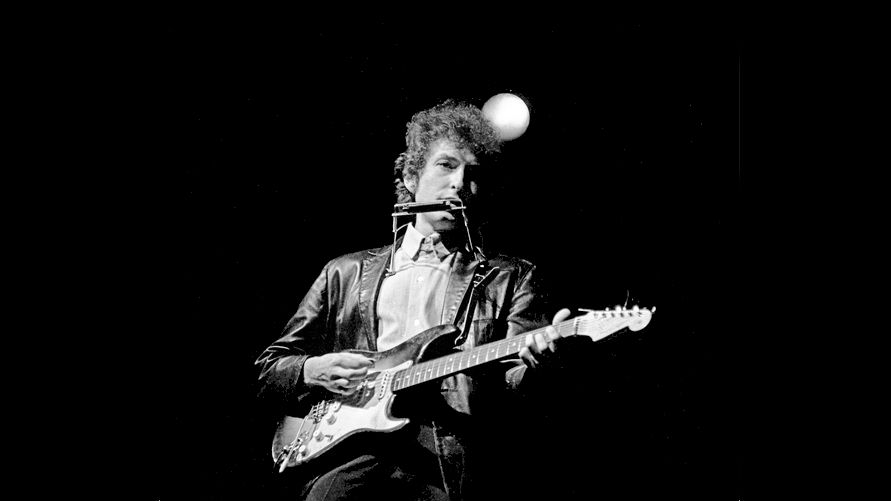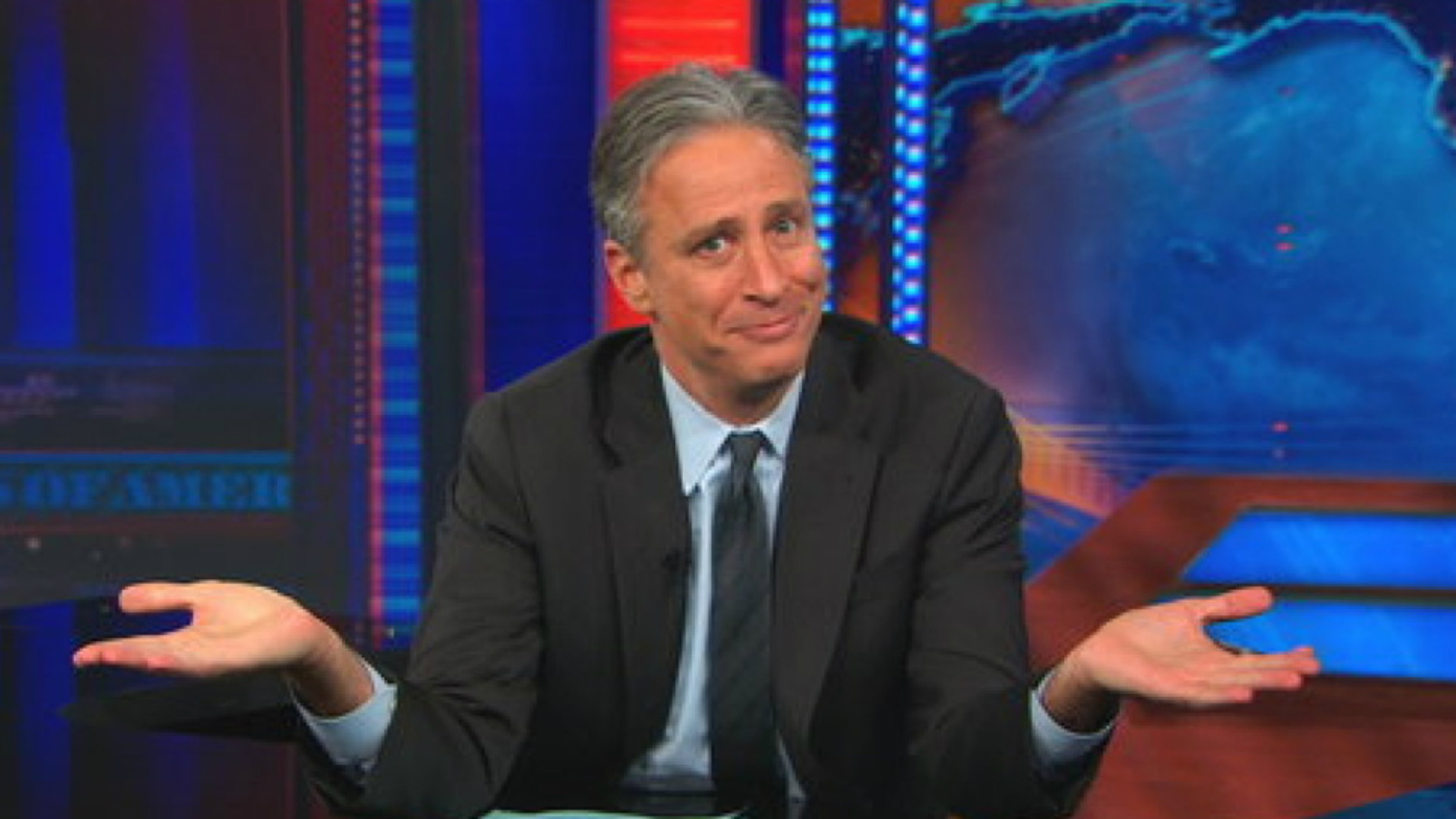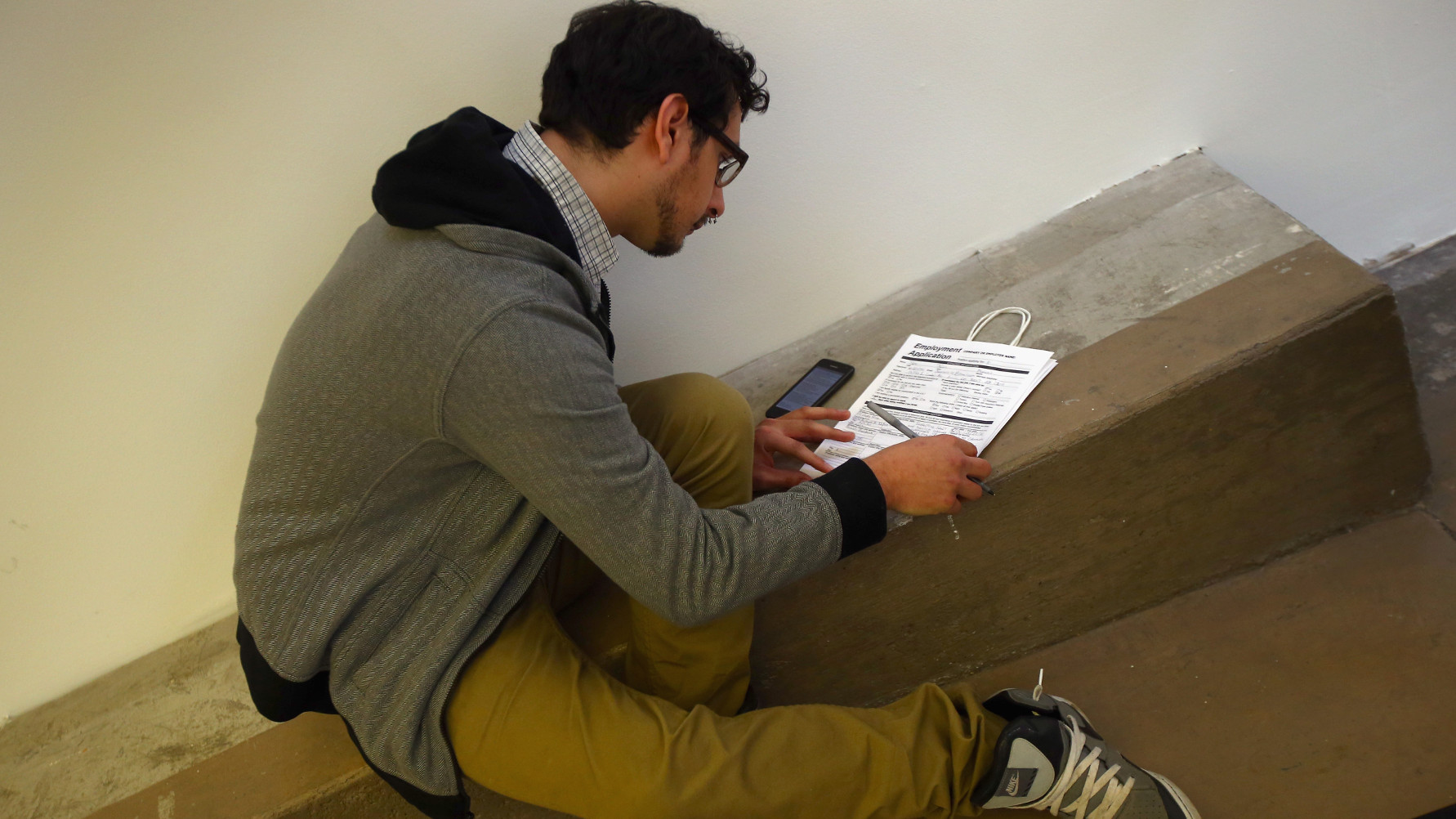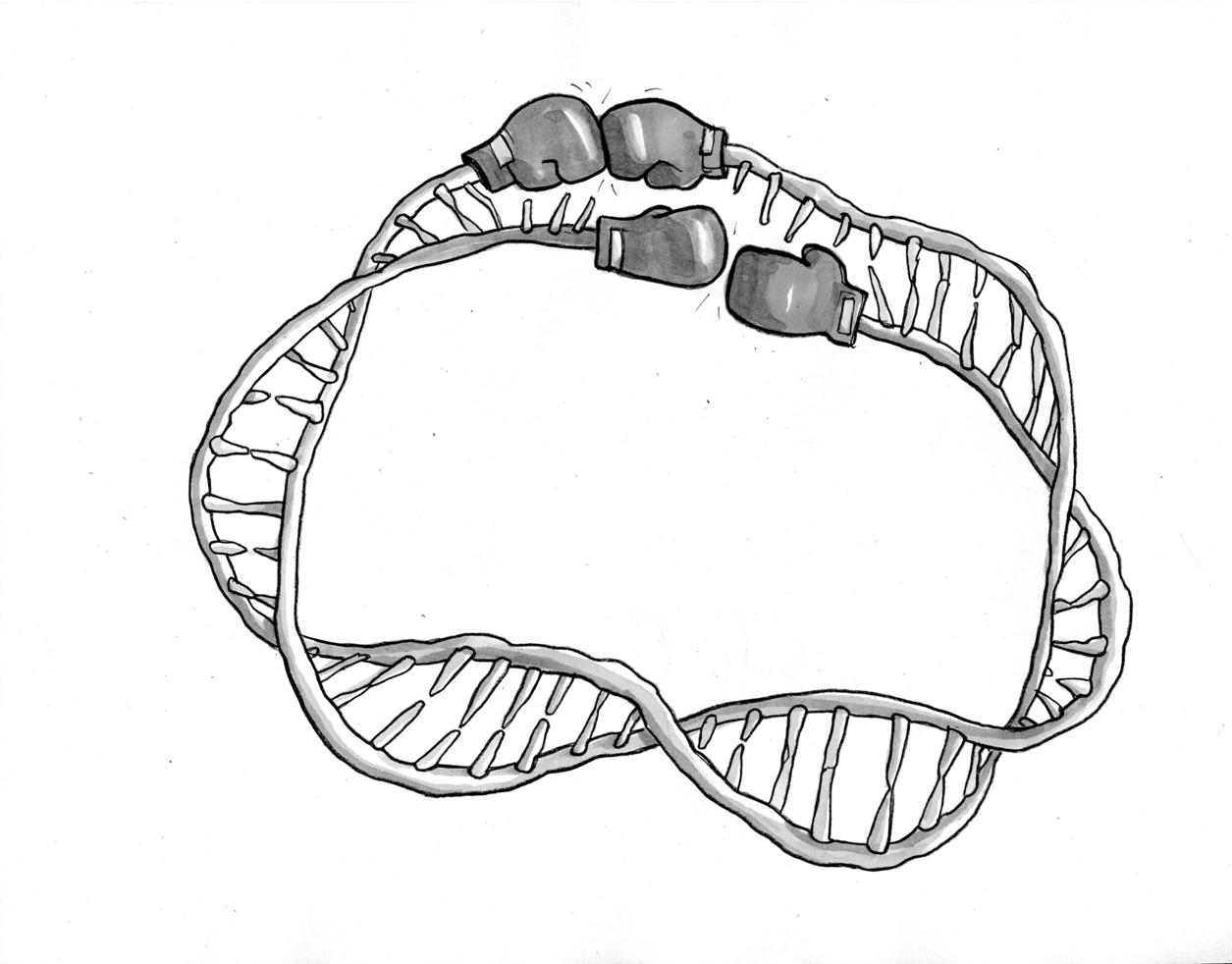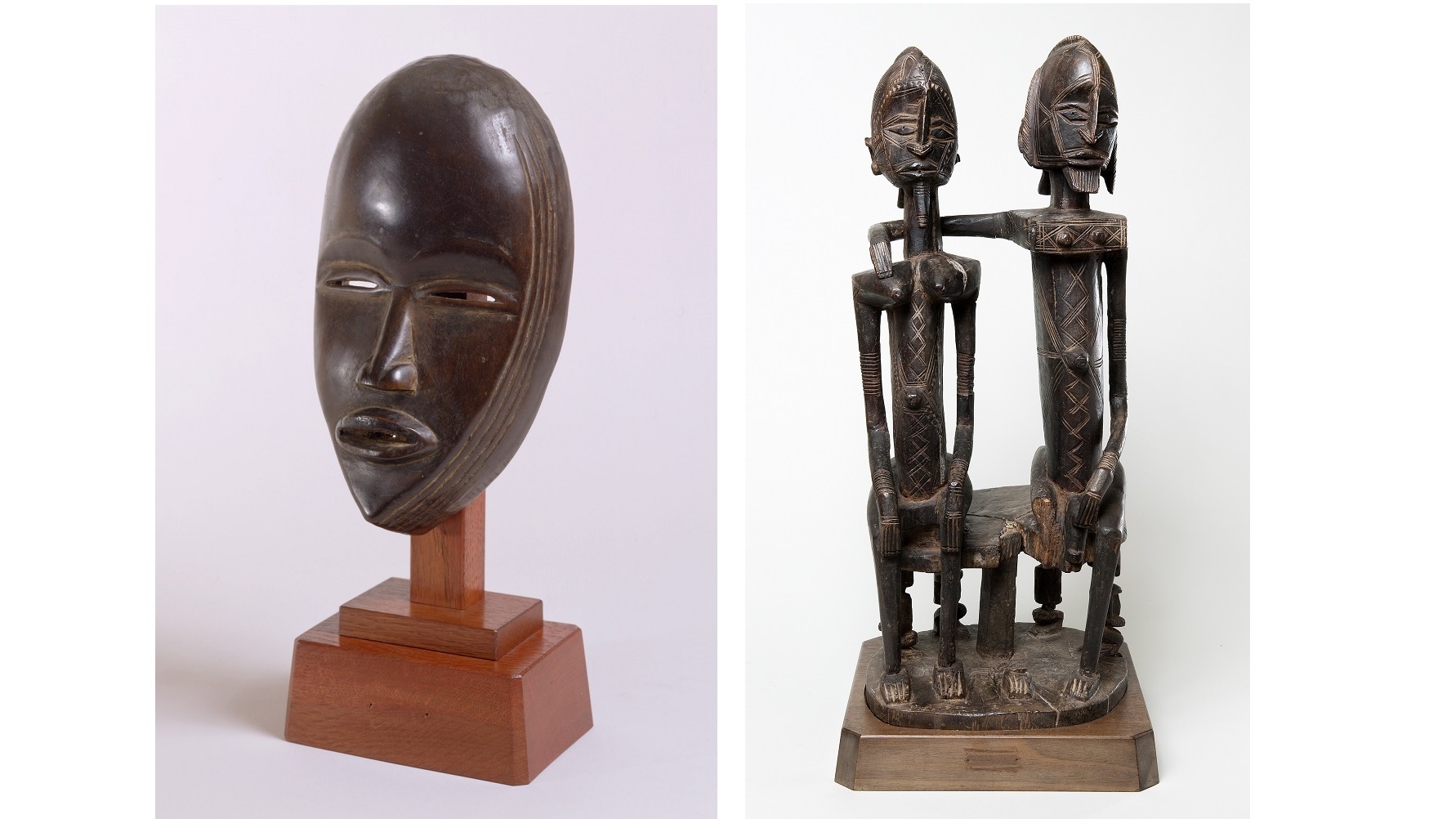Politics & Current Affairs
All Stories
America has a big problem mistaking courage for cowardice and it stems from a fundamental misunderstanding of bullies, according to The Baffler’s David Graeber.
For the 1960s generation, however, “the day the music died” was July 25, 1965 — the day when Bob Dylan crashed the 1965 Newport Folk Festival stage with an electric guitar in front of him and rock band behind him to rip into a loud, raucous version of his new hit, “Like a Rolling Stone.”
Donald Trump is the topic of our national conversation, and the reason for his popularity seems to revolve around his distaste for political correctness—but why do we love that?
One of the planet’s most well-known car cities is gearing for a transportation reboot.
We surprise the world’s brightest minds with ideas they’re totally unprepared to discuss. This week on Big Think’s podcast, we’re joined by the legendary musician and spoken-word artist Henry Rollins.
President Barack Obama, charismatic as he is, has stumbled in the past when taking to new media to engage American citizens. He’s much better at writing letters than answering questions on Reddit.
Another young black man was shot in Ferguson, as the public’s faith in law enforcement waivers.
Department of Corrections is a misnomer. At the present, DOCs across the country shun from the responsibility to make convicts better people.
There are three kinds of BS, explains Stewart, and all three made appearances last night.
Seeing that box is a reminder that a life sentence is being served.
There are fair quarrels with the details of the Obama Administration plan to reduce greenhouse gas emissions from power plants. But beyond the details, the fact that such a major step is being taken in the first place is a hopeful sign that our leaders can lead with reason and wisdom, and not just follow public opinion and emotion, as we try to find a more sustainable path to the future.
The court of public opinion has never been stronger than in our current social media age. But does the brand of justice it dishes out improve upon or subvert the rule of law?
Researchers figure out what words would best help move people to support climate change policies.
Jeremy Corbyn, the man who will take the Labour Party to the next British election, believes in homeopathy. Here’s why that matters.
How do you win a cyberwar against an Internet-savvy enemy like ISIS? One prominent researcher has suggested a troll-based battle strategy. That’s right: internet trolls. Could World War III be fought with memes?
A school district in Iowa is one of the first to outfit its administrators with body cameras. Their use should ease tensions with regard to transparency and accountability, but not everyone is happy with the precedent they set.
Each day, each of us faces 500 billion opportunities for genetic civil war to break out. Thankfully we’ve also evolved good ways to police and suppress these rogue parts, their mutinous mutations, and their declarations of independence.
With angry tribal polarizing language, Supreme Court Justice Antonin Scalia challenges the very right of the Supreme Court to judge cases that require interpretation of Constitutional Law.
Many believe that evolution plays only ruthless “red in tooth and claw” games. But that view tends to ignore that nature is teeming with unseen or underappreciated teamwork.
The death of any given person is just a lack of connectedness to future experiences.
Nowhere in American politics do cultural proxy wars play out more vividly than in the chambers of the United States Supreme Court.
Researchers collected a number of scientific studies about how children of same-sex couples turn out and find no evidence that they are negatively affected.
The Barnes Foundation’s current exhibition, Mark Dion, Judy Pfaff, Fred Wilson: The Order of Things, epitomizes the business buzz phrase “disruptive innovation” like few other museum shows (which I wrote about here). Disrupt or die, the thinking goes. Old orders must make way for new. Coincidentally, as the Barnes Foundation, home of Dr. Albert Barnes’ meticulously and idiosyncratically ordered collection of Impressionist and Post-Impressionist masterpieces left just so since his death in 1951, invites outsider artists to question and challenge Dr. Barnes’ old order, it also publishes their own insider’s critical “warts and all” assessment of Dr. Barnes’ relationship to African art and African-Americans. In African Art in the Barnes Foundation: The Triumph of L’Art nègre and the Harlem Renaissance, scholar Christa Clarke reassesses Dr. Barnes intentions and results in his building of the first great African art collection in America. “More than just formal accents to modernist paintings and other Western art in the collection,” Clarke argues, “African art deserves to be seen as central to the aesthetic mission and progressive vision that was at the very heart of the Barnes Foundation.”
Do “free markets” deliver efficiency as advertised? Economists often use “efficient” differently. Therein hides perhaps the last unlaughed-at Utopian ideas.
It’s undeniable that the climate of the Alaskan interior and western Yukon Territories is undergoing a startling change. With warmer temperatures comes heightened risk of costly natural disasters.
In a report given to ABC News, TSA screeners failed to detect 67 out of 70 tests at dozens of airports throughout the country.
Laura Kipnis, a professor at Northwestern University, has been brought up on Title IX charges that appear to infringe on her First Amendment rights. She published an account of her experience yesterday.
It was when FIFA awarded the 2022 World Cup to Qatar — a country that could reach 140 degrees Fahrenheit during match play — red flags went up in the American legal system.
“Daddy, why do all the players have dark skin?” When my eldest daughter posed this question one football Saturday six years ago, she had no concept of race in mind […]
How do people living in non-democratic states see their government and enact change? Lily Tsai takes us into how Chinese citizens see their government and give themselves a voice.

